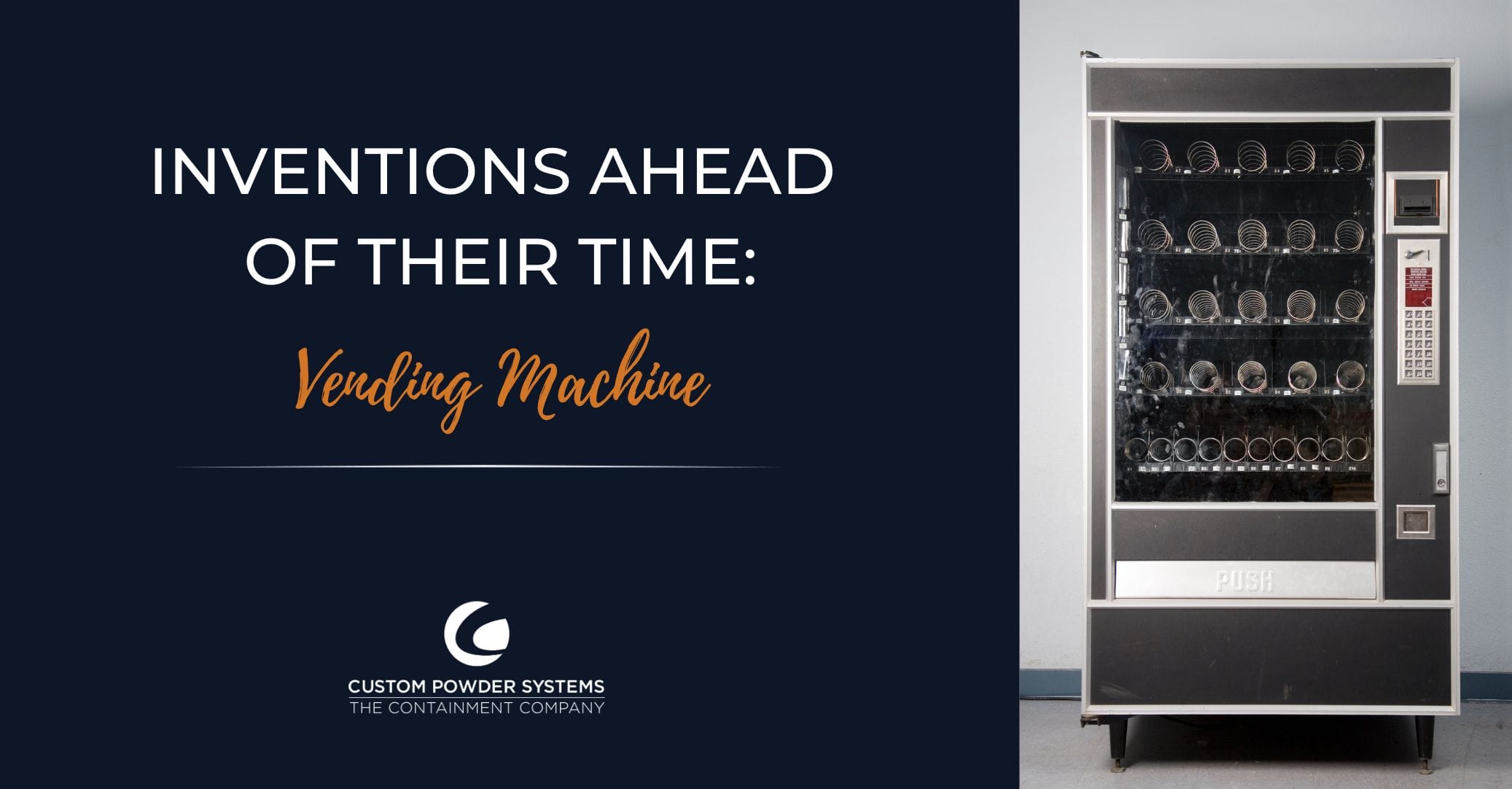While vending machines are sometimes seen as an example of modern conveniences and consumerism, they are not recent inventions. The very first iteration was designed over TWO THOUSAND years ago!
Vending machines have become a common fixture outside stores, schools, office buildings, and many other places, dispensing everything from snacks to clothing. We have several inventors to thank for this, whose ideas evolved significantly into the machines we utilize today.
A Drachma for Some Water
At some point around the mid-first century (as in when years were in double digits!), a Greek inventor by the name of Heron of Alexandria was searching for a way to efficiently dispense holy water to temple-goers to ensure they did not take more than their fair share.
After some experimentation, Heron created a machine that used the weight of an inserted coin to temporarily hold down a lever that opened and closed a door that the water came out of. This made the whole process automatic and turned holy water into a source of revenue for priests. While the design was an effective solution, it surprisingly was not developed further until hundreds of years later.
Automatic Selling Devices
Another version of these machines was seen in the early 17th century when coin-activated snuff and tobacco boxes became prevalent in English inns and taverns. However, these contraptions were slightly different and operated more like the “honor system” newspaper dispensers we see today. When a patron inserted their payment, a lever would open the lid, and they would be trusted to take the equivalent product they paid for.
Several more iterations were developed to sell additional products such as stamps, handkerchiefs, cigarettes, postcards, and even fortunes. Some of the first patents for the “fully-automatic selling devices” were awarded to Simeon Denham in England, Carlade in Germany, Percival Everitt in the United Kingdom, and W. H. Fruen in The United States.
Finally, in 1888, Thomas Adams, founder of the Adams Gum Company, created a machine that dispensed packs of Tutti-Frutti chewing gum and was placed on the platforms of New York rail stations. The venture was incredibly successful and began “practical vending” in America.
Machines of Convenience
Vending machines were a marvel, as they offered a new way of distributing goods that didn’t require a salesperson or cashier. The convenience of purchasing goods 24/7 without human interaction was a game-changer. And as a result, vending machines quickly became popular in the early 1900s, and by the 1920s, they were prevalent in train stations, post offices, and factories.
In the following century, vending machines continued to evolve and, today, dispense everything from snacks and drinks to personal care items and electronics. They’ve also become more sophisticated, with digital screens and cashless payment options, and can even make fresh foods like pizza, milkshakes, and coffee. As of 2021, the global vending machine industry is estimated to be worth nearly $52 billion and is expected to grow significantly in the coming years.
These innovative machines were an invention ahead of their time, revolutionizing how goods are distributed and significantly benefitting both consumers and merchants alike. They will likely evolve as technology advances, making them even more convenient and accessible to the public.
For more stories about food-related appliances, check out Mothers Of Invention: Josephine Cochrane And The Dishwasher and Accidental Invention: Microwave Oven.
To learn more about Custom Powder Systems and the art of engineering, sign up for our newsletter.







